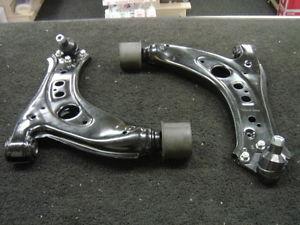interesting... something else I know nothing about. I've learnt a hell of a lot in the past 12 months since I put it on the road
I see what you mean - there ought to be a way of mounting a sandwich plate on the LCA to mount a link. The position on the LCA would give stiffness adjustment too

If I'd known about mounting the links to the LCA I would have set that up when I converted my Bilsteins, it would have given me another 50mm of spring adjustment instead of cutting the sleeves down
I see what you mean - there ought to be a way of mounting a sandwich plate on the LCA to mount a link. The position on the LCA would give stiffness adjustment too
If I'd known about mounting the links to the LCA I would have set that up when I converted my Bilsteins, it would have given me another 50mm of spring adjustment instead of cutting the sleeves down


Comment